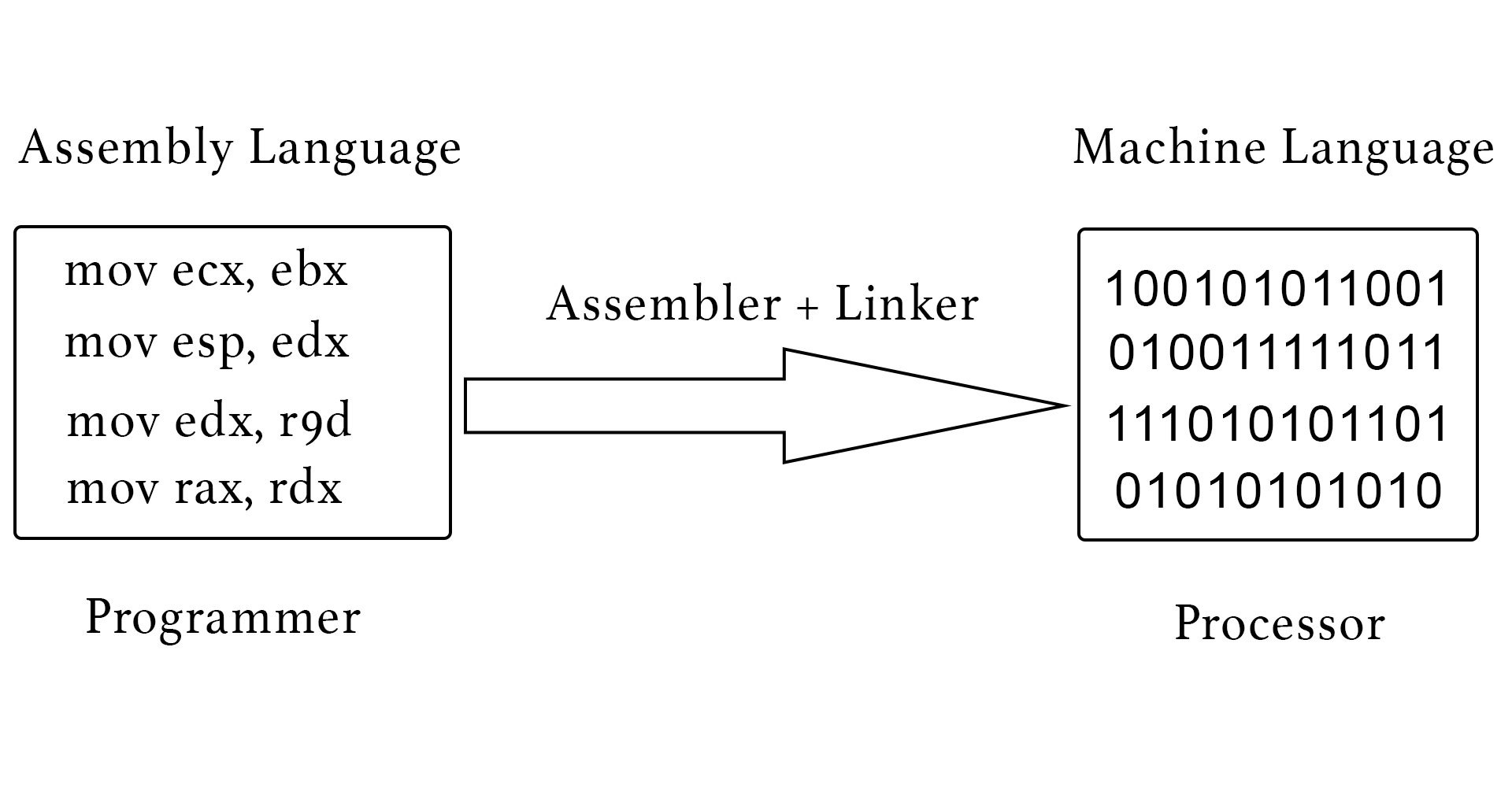Assembly language, also known as assembly or assembler language, is a low-level programming language used to write programs for computers and other electronic devices. It is a symbolic representation of the machine language of the computer. Assembly language is often used in embedded systems, which are small, specialized programs embedded in larger systems.
Assembly language is considered a low-level language because it requires more code than higher-level languages, such as C and C++, to achieve the same task. As a result, it is far more difficult to read and understand than those languages.
Assembly language translates specific instructions from its symbolic language into the actual instructions of the computer’s machine language. The translator program, called an assembler, takes instructions written in assembly language and translates them to the machine language of the computer.
Each type of computer architecture, such as Intel or ARM, requires its own set of assembly language instructions. Although programming in assembly language is difficult, it does offer advantages over higher-level languages. For example, assembly language can provide more direct control of a computer’s instruction set, which allows a programmer to exploit certain features and perform memory accesses more efficiently.
However, because coding in assembly language requires a greater level of knowledge and understanding of computer architecture, it is mostly used by experienced programmers or as a learning tool. The knowledge and skills obtained from learning assembly language are often transferable and applicable to higher-level programming and architectural understanding.





